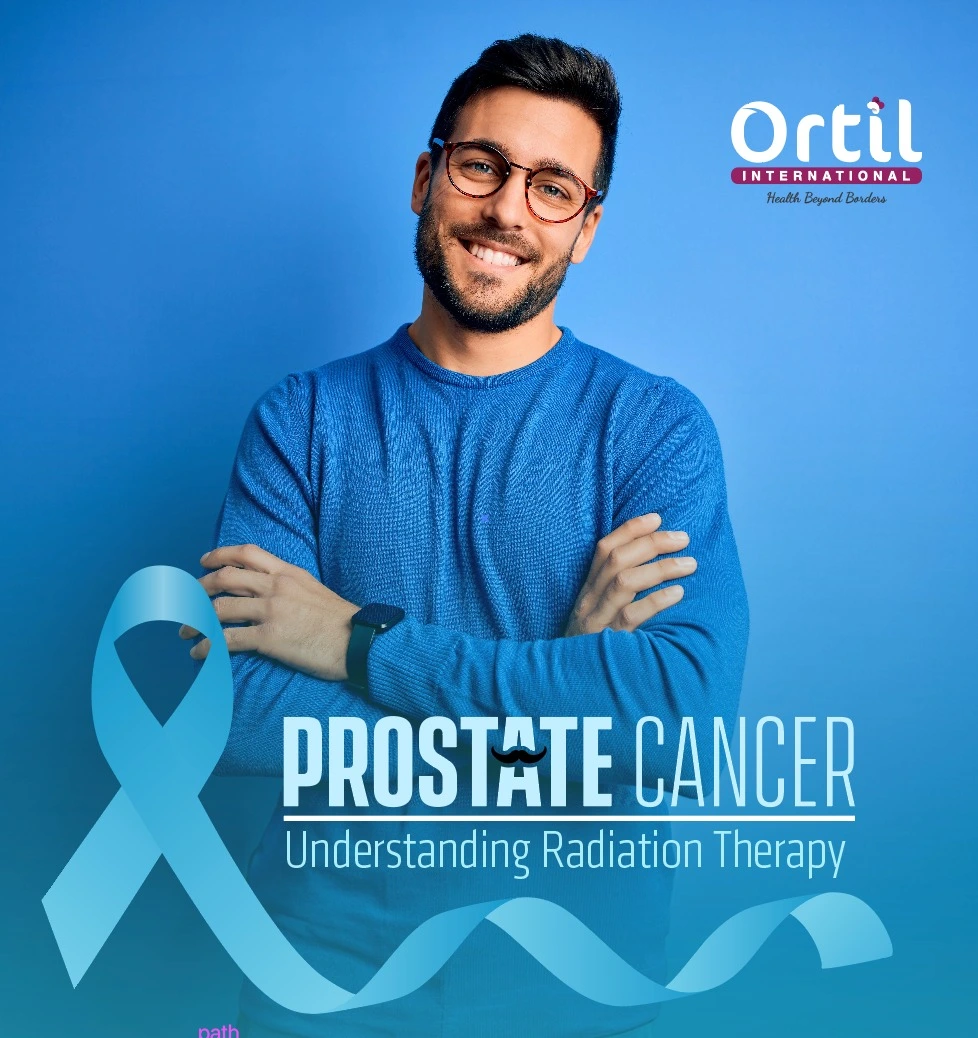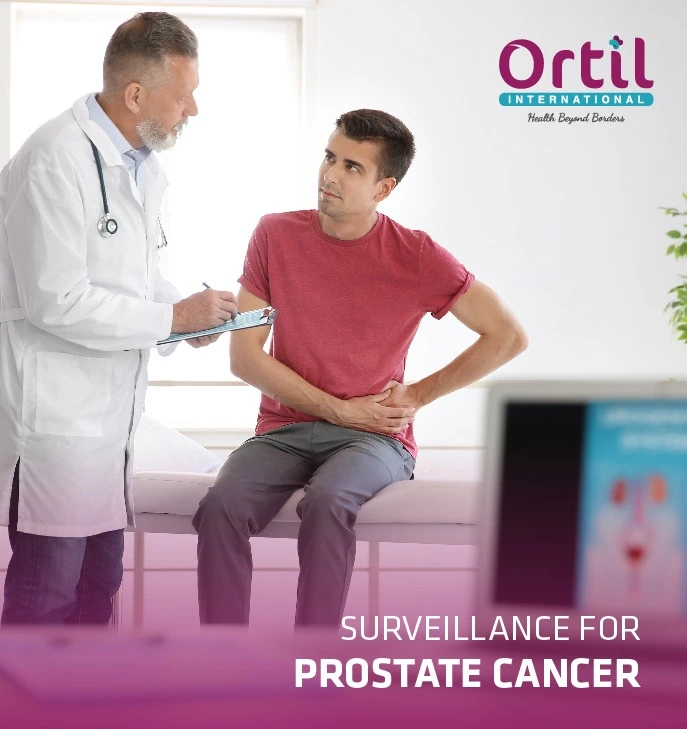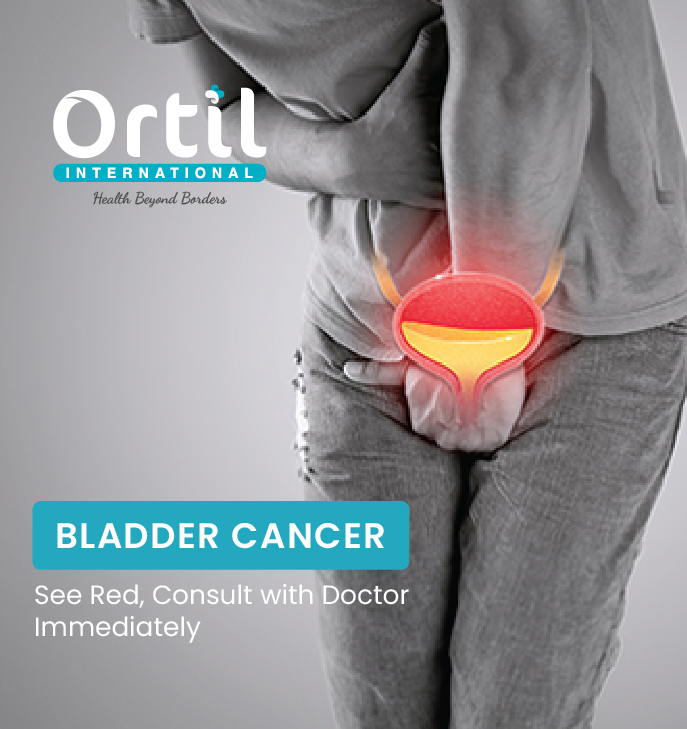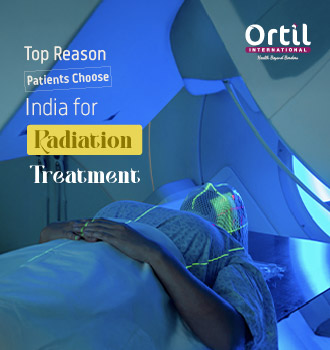What Every Man Should Know about Radiation Therapy for Prostate Cancer

Now there are many advanced options for the treatment of Radiation Therapy. Radiation therapy can be used to treat prostate cancer either alone or with the combination of other treatments like chemotherapy and surgery.
Radiation Therapy uses high energy radiation to kill the cancer cells for the treatment of prostate cancer. But before starting radiation therapy for treatment of prostate cancer, you should know about the following things.
What Methods of Radiation Therapy are available for recently Diagnosed Prostate Cancer?
If you have prostate cancer, then you will have to choose a treatment option after discussing it with your doctor. But if you have recently diagnosed prostate cancer, radiation therapy can be the best option for you. There are two methods of radiation therapy that are available for recently diagnosed prostate cancer.
External Beam Radiation Therapy (EBRT): This technique involves delivering radiation beams from outside the body that are focused on the tumor of prostate tissue. Advanced technologies, such as intensity-modulated radiation therapy (IMRT) and image-guided radiation therapy (IGRT), allow for precise targeting that also limits the damage to surrounding healthy tissues.
Brachytherapy: In this method, small radioactive seeds are implanted directly into the prostate tissue. It allows the damage to cancer cells and prevents the damage to nearby organs. Brachytherapy can be provided in two forms which are low-dose rate and high-dose rate Brachytherapy. LDR involves permanent implantation of seed, while HDR involves temporary placement of radioactive sources for a short period of time.
Do we know Which Treatment is best for Prostate Cancer — Brachytherapy or External Beam Radiation?
The best treatment for prostate cancer usually depends on the nature of cancer cells in the patient, the general health of the patient, the discussion of the healthcare team and response of treatment in individual patients. No one treatment is superior to the other and the type of treatment can be chosen only according to the patient.
Brachytherapy can be used for the patients with low to intermediate risk prostate cancer and External Beam Radiation Therapy is used for larger or more complex tumors and can also be used in combination with other treatments.
Can the Combination Approach in Prostate Cancer Radiation Therapy Lead to Side Effects?
While combination treatments such as radiation therapy with chemotherapy are used to increase the response of a patient with prostate cancer, it also increases the side effects related to treatment approach.
If you have prostate cancer and you are receiving radiation therapy, either External beam radiation therapy or Brachytherapy along with other treatments. Then you are more prone to show the better response to the treatment but u may experience some side effects of the combination treatment.
Common side effects of prostate cancer radiation therapy include fatigue, pain and discomfort during urination, constipation, diarrhea and sexual dysfunction. The side effects can be different for each individual receiving the combination treatments.
Medical professionals only start a specific treatment when there are more benefits than potential side effects of the treatment. Advanced technologies used nowadays in healthcare helps to decrease the chances of damage to healthy tissues but still there are chances of some level of side effects.
When is Brachytherapy Considered as a Standalone Treatment option for Prostate Cancer?
Brachytherapy is considered as a standalone treatment option for prostate cancer usually when the cancer is not aggressive and at an early stage of disease. It is most commonly used for patients with low to intermediate risk prostate cancer who have tumors limited to the prostate gland and have only slight or no involvement of surrounding tissues.
If you are selected for the treatment of Brachytherapy then you must have good overall health and life expectancy, as this treatment involves the implantation of radioactive seeds directly inside the tumor in your prostate gland.
It is important to note that the decision to choose brachytherapy as a standalone treatment usually depends on your stage of cancer, your age, general health, and personal recommendation. Consultation with your medical team, including radiation oncologists and urologists will be helpful to find out if brachytherapy is a suitable and effective option for you or not.
What is Stereotactic Body Radiation Therapy (SBRT)and what are its Benefits?
Stereotactic Body Radiation Therapy (SBRT) is an advanced and more precise treatment technique used in the radiation therapy to deal with prostate cancer. SBRT delivers high radiation doses with specific targets at the tumor with pinpoint accuracy. It lowers the chances of damage to surrounding healthy tissues. It involves multiple radiation beams that are directed from different angles at the tumor target.
The benefits of SBRT for prostate cancer include its ability to complete the treatment in just a few sessions, typically 5 to 7, unlike other types of radiation therapy. This shorter treatment duration is more suitable for patients and reduces the overall impact on daily life. Moreover, the accuracy of SBRT increases the effectiveness of treatment.
SBRT treatment is also useful for the patients who do not want to go for surgical treatments. Discussing SBRT with a radiation oncologist can help you to find out if it is suitable for your prostate cancer treatment plan.
How Would you Describe the Recovery Process after undergoing Radiation Therapy for Prostate Cancer?
The recovery process after undergoing radiation therapy for prostate cancer can vary from individual to individual. After some weeks of treatment completion, you may experience mild fatigue, urinary changes, constipation or diarrhea. These side effects usually subside gradually. In this phase, it is highly recommended for you to maintain your hydration, follow a balanced diet, and engage in light physical activity. It is also important for you to discuss all the side effects that you are experiencing, with your healthcare provider.
While most patients return to their regular activities, it is essential to clear any doubt to the medical team. Recovery duration can be different according to the type of radiation therapy used, overall health, and individual responses to treatment.
What is Proton Therapy and what are its Benefits?
Proton therapy is a precise form of radiation therapy used in cancer treatment. It uses protons to target tumors with high accuracy and lowers the chances of damage to surrounding healthy tissues. The Benefits of proton therapy includes reduced risk to nearby organs, lower radiation exposure, and only fewer long-term side effects as compared to radiation therapy.
FAQ's of Radiation Therapy for Prostate Cancer
How Do I Prepare for Prostate Radiation Therapy?
You can prepare yourself by following your doctor's advice on diet and hydration, by attending pre-treatment consultations, and discussing any medications you are taking.
What Not to Do During Radiation Treatment?
Avoid applying any lotions, creams, or ointments to the treatment area without consulting your medical team. And avoid wearing tight clothes over the treatment area.
Which is Better Prostate Surgery or Radiation?
The choice depends on factors like cancer stage and personal health.
Does the Prostate Recover after Radiotherapy?
The prostate tissue may undergo changes after radiotherapy. After treatment the recovery can vary from patient to patient.
How Many Sessions of Radiotherapy is Normal?
Normal radiotherapy sessions can range from 5 to 25 but it usually depends on the type of treatment and stage of cancer.























